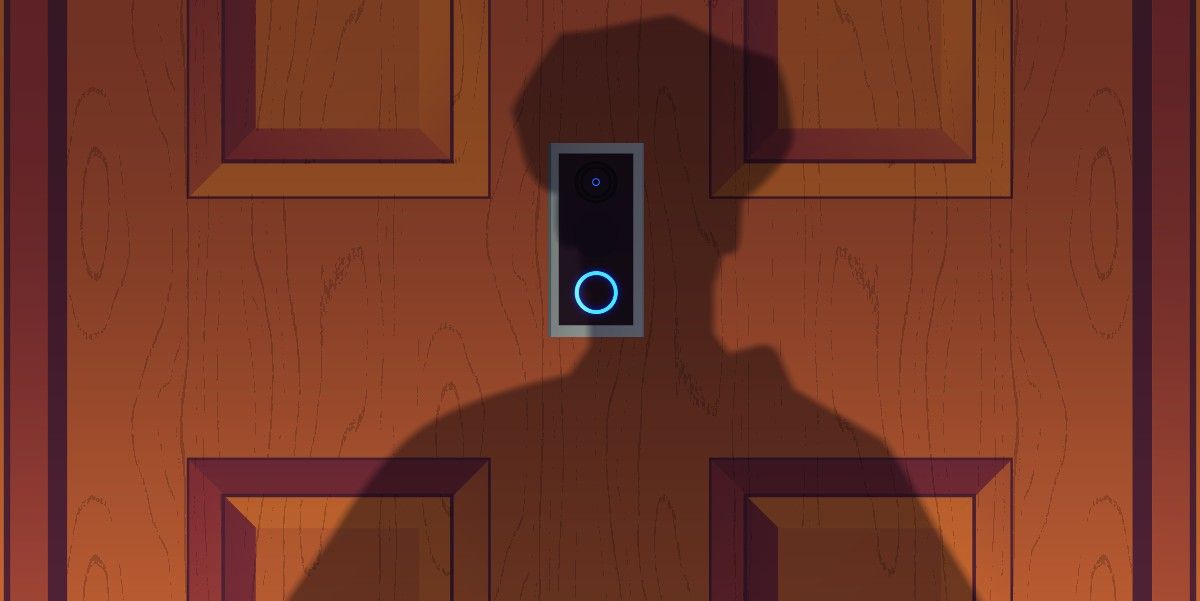Ring has announced the rollout of end-to-end encryption (E2EE), first revealed in Fall 2020, for a selection of its products, as it tries to bolster confidence in its security credentials. The Amazon-owned smart security brand has raised more than a few eyebrows with its policies in recent years and will be hoping to bridge the gap between privacy and advanced features. Because E2EE will make some of its more advanced features impossible to provision, it will be up to users to opt-in.
The 128-bit AES encryption will plug the holes in data transfer beyond that which is already offered, whilst recordings saved to Ring's cloud are encrypted already. Turning on E2EE will mean that Ring's systems won't be able to analyse your uploads, which does mean it won't be able to offer motion verification, identify human movement in the shot (as opposed to animals or vehicles) or stream your live feeds to Amazon Echo Show or Fire TV devices.
According to a list obtained by TechHive, the following products will be made capable of end-to-end encryption as a Technical Preview: the Video Doorbell Pro, the Video Doorbell Elite, the Floodlight Cam, the Indoor Cam, the Stick Up Cam Plug-in, the Stick Up Cam Elite, the Spotlight Cam Wired, and the Spotlight Cam Mount. All others, unfortunately, don't qualify.
This actually puts Ring's security chops above most of the smart camera crowd. Although brands like Nest and Arlo use bank-grade encryption, it's not end-to-end, meaning there are still weak spots where the most determined of hackers could find their way in. The biggest name exception to this is Apple's HomeKit Secure Video, which uses a local device, such as an Apple TV or Homepod to do the analysis on-premise, meaning it can offer advanced features without sending unsecured footage to the cloud.
Ring has said it will give users the opportunity to offer feedback on the technical preview through a form in the Ring app.

